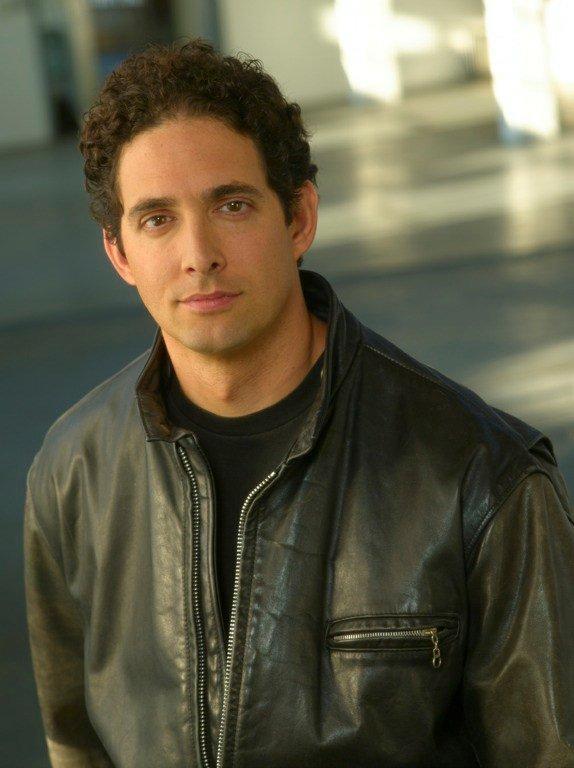
The media has failed to report the dangers of marijuana use accurately, according to author and former New York Times writer Alex Berenson.
Berenson spoke on Jan. 30 in Hillsdale College’s Plaster Auditorium.
Berenson’s 2019 book, “Tell Your Children: The Truth about Marijuana, Mental Illness, and Violence,” has drawn attention from opponents and supporters alike. Last year, he gave a talk at the Allan P. Kirby, Jr. Center for Constitutional Studies and Citizenship, a recording of which has received over 800,000 views on YouTube.
Director of Health Services Brock Lutz, who introduced Berenson, said the Student Affairs Office sponsored the talk to inform students of the dangers of marijuana use.
“Unfortunately, Americans under the age of 25 have been led to believe that smoking marijuana is barely more dangerous than smoking cigarettes, and we wanted someone to come in and dispel those myths,” he said.
Throughout his presentation, titled “Cannabis, Mental Illness, and Violence: A Generation of Evidence (from all over the world, in the world’s best peer-reviewed medical journals),” Berenson cited a range of evidence.
“The medical literature is very clear that cannabis is dangerous for mental health,” he said. “The idea that it can cause temporary psychotic episodes and that it is bad for anxiety and depression is not open to question.
He cited a 1987 study of 50,000 Swedish military conscripts who used cannabis at age 18 or 19. Those who used marijuana 10 or more times were twice as likely to develop schizophrenia and the risk for those who used it 50 or more times increased sixfold.
A 2002 study in New Zealand checked children for symptoms of psychosis at age 11 and began tracking their marijuana use at age 15. It found that even controlling for other factors, cannabis use triples the risk of developing psychotic disorders.
He went on to debunk a few popular beliefs about marijuana use.
Berenson said that cannabis legalization does not prevent opioid abuse. Most people who claim otherwise cite an outdated study, skewed by the fact that marijuana legalization started in the western United States, while the opioid abuse epidemic spread from the east.
“If it were true, we should see a nationwide drop in opioid use with cannabis legalization,” he said.
He also said that cannabis is not an effective painkiller. According to Berenson, a GW Pharmaceuticals clinical trial found no difference in pain-relieving ability between water and a spray containing tetrahydrocannabinol, the psychotropic component of cannabis attributed to easing pain.
“If a pharmaceutical company had proven THC effective, there would be a huge market,” he said.
Berenson blamed journalists for promoting “propaganda from the cannabis industry.”
“The scientific aspect is important and interesting, but even more interesting is why you don’t know it,” he said. “This is a giant failure of the people in the media who believed the people in the cannabis industry. Do not trust that the people selling a substance will tell you it’s harmful and addictive.”
Berenson pointed out that many medical authorities caution against the risks of marijuana use. The National Academy of Sciences, Engineering, and Medicine in 2017 reported that cannabis use is likely to increase the risk of schizophrenia and other psychoses, and that the risk increases with higher use.
In 2019, United States Surgeon General Jerome Adams warned that marijuana use is dangerous for youth and pregnant women. Berenson likened Adams’ statement to the Surgeon General’s 1964 advisory against smoking in that both were largely ignored by the public.
Nonetheless, Berenson said he believes science will prevail.
“It’s going to take us a while to get there, and people will be broken along the way,” he said.
Sophomore Spencer Woodford said he found Berenson’s insight valuable.
“It was informative. What he said was important. People should view marijuana like they would view tobacco,” he said. “We should know more about the harmful effects of marijuana.”
Sophomore Ellen Hancock said she was not impressed.
“His evidence was one-sided,” she said. “He could have articulated it much more efficiently.”
Meanwhile, Lutz said Berenson’s points were consistent with his experience.
“I’ve worked in the mental health and substance abuse fields for the last 20 years and have observed the acute and long-term, more insidious consequences of marijuana use,” he said. “Much of Berenson’s writing and research findings support those claims as well.”

